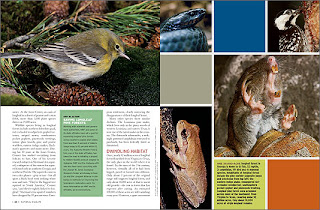Instability
Complexity
Fragmentation
Exaggeration
Activeness
Balance
Depth
Simplicity
Economy
Juxtaposition
These two Nike advertisements use a lot of visual techniques
to convey their messages. The
first advertisement uses complexity, exaggeration, and movement to show that
the shoes are powerful and cool.
The advertisement uses fragmentation and instability to draw in the
viewer. The second advertisement
uses depth along with juxtaposition, simplicity, and balance to draw in the
viewer. The advertisement uses economy with the simple text of “FIND YOUR
GREATNESS.” The two advertisements
are both done by Nike but both convey a different message. The first advertisement is more about
the shoes, and customizing your shoes on NikeID. The second advertisement is more about motivating the viewer
to go work out, and “Find Your Greatness” and then go and buy Nike shoes.














